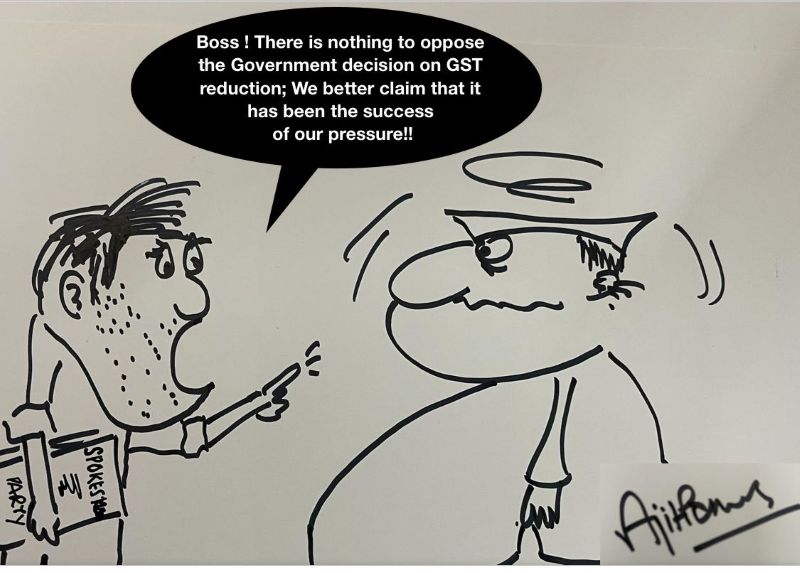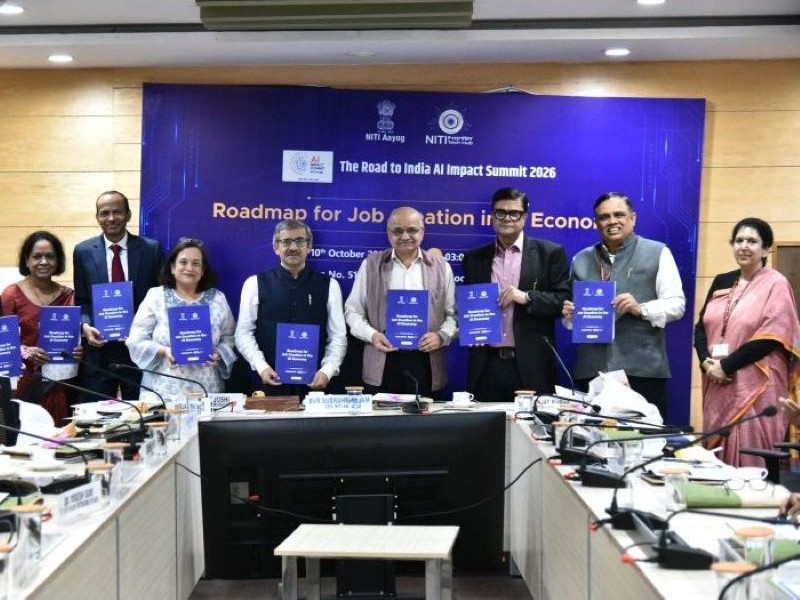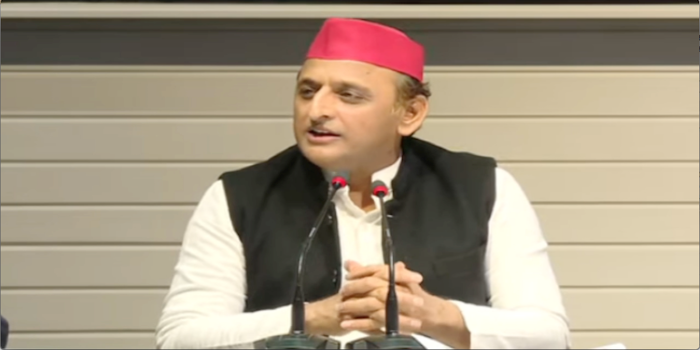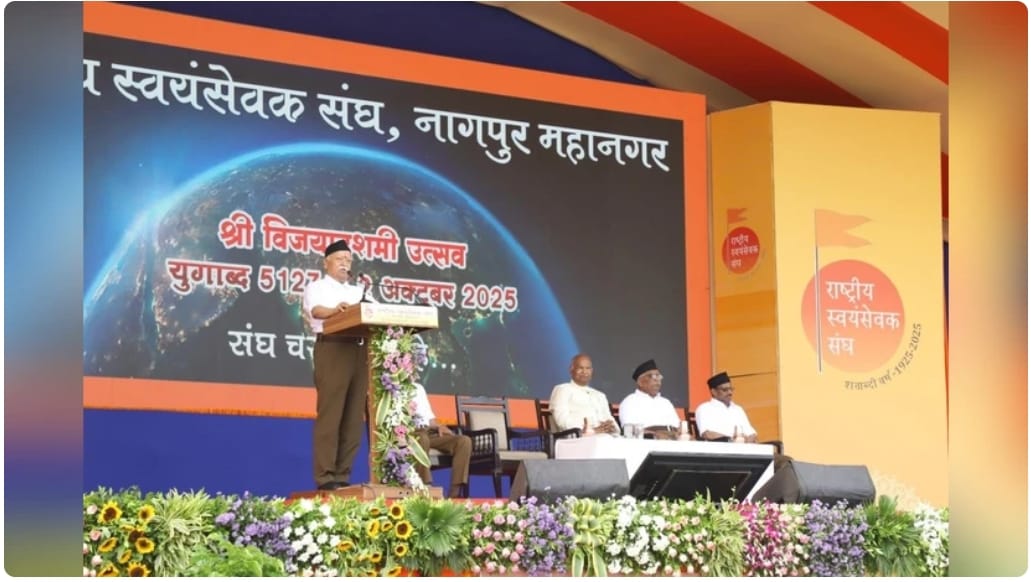India’s remittance inflows could face a moderate setback due to recent changes in the United States’ H-1B visa policy, according to India Ratings and Research (Ind-Ra). The agency estimates that India may lose up to $5 billion in remittances in FY26, though the overall impact on the economy would remain limited.Under Ind-Ra’s base case scenario, net remittances are expected to decline by around $2.8 billion, equivalent to 0.07% of GDP. In a more pessimistic projection, where H-1B visa issuances fall by 50%, the drop could reach $4.5 billion or 0.11% of GDP. A milder reduction in visa approvals would result in a smaller impact of about $2 billion (0.05% of GDP).
Remittances money transfers made by Indians living abroad to their families back home have been a vital source of foreign exchange. They stood at $124.6 billion in FY25, doubling from $66.3 billion in FY15. Since 2008, India has consistently topped the World Bank’s list of remittance-recipient countries.These inflows have played a critical role in supporting India’s external balance. Between FY20 and FY25, remittances financed 48.2% of the country’s goods trade deficit, compared with 44.6% during FY14–FY19. During the external deficit crisis of FY12–FY13, when rising oil prices widened the trade gap, net remittances covered only about one-third of the shortfall.
Ind-Ra noted that the H-1B visa programme has been instrumental in facilitating high-skilled employment for Indians in the U.S. Visa issuances remained steady at around 1.8 lakh between FY16 and FY19, before declining to a multi-decade low of 61,569 in FY21 due to the pandemic. The numbers later rebounded, reaching a record high in FY23. India’s share of total H-1B issuances climbed from 37–56% in the early 2000s to an average of 77.2% during FY20–FY23 but dropped to a decadal low of 68.6% in FY24 a trend that may indicate changing allocation dynamics.
The analysis follows U.S. President Donald Trump’s recent order imposing a $100,000 annual fee on H-1B visa applications. Major technology companies such as Amazon, TCS, Microsoft, Meta, Apple, and Google are among the biggest users of the visa programme.“The new H-1B visa and remittance tax policies have amplified uncertainty and affected global economic sentiment since April 2025,” stated Paras Jasrai, Associate Director and Economist at Ind-Ra. “This could widen India’s current account deficit by around 0.1% of GDP in a pessimistic scenario.”Despite the anticipated slowdown, Ind-Ra expects net remittances to grow 8% year-on-year to $134.6 billion in FY26 under the base case. However, in the event of a sharp decline in visa issuances, growth could moderate to 6.7% and further to about 5% in FY27 — nearly half the compound annual growth rate recorded between FY20 and FY25.Ind-Ra’s assessment underscores the growing interconnectedness between global immigration policy and India’s external sector resilience, highlighting how shifts in the H-1B programme can ripple through one of the country’s most dependable sources of foreign exchange.
(Business Correspondent)
.jpg)
 Ira Singh
Ira Singh 

















Related Items
Pakistan strikes in Afghanistan as Taliban minister visits India
India to upgrade technical mission in Kabul to full-fledged embassy
Why 'Bachat Utsav' rings hollow for India’s poor?